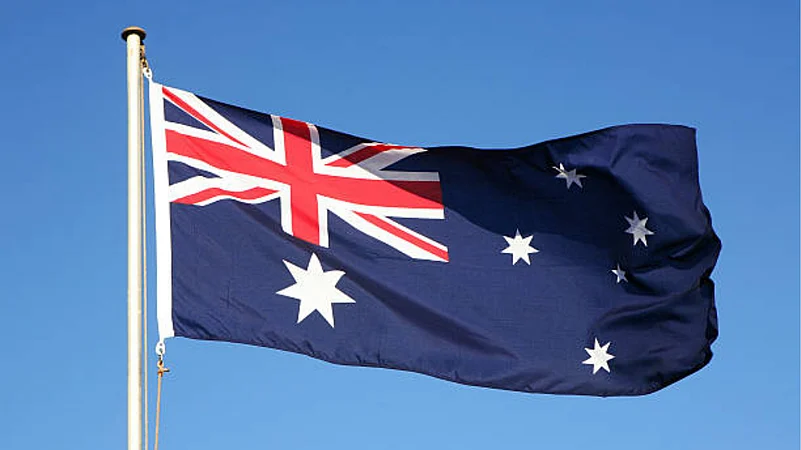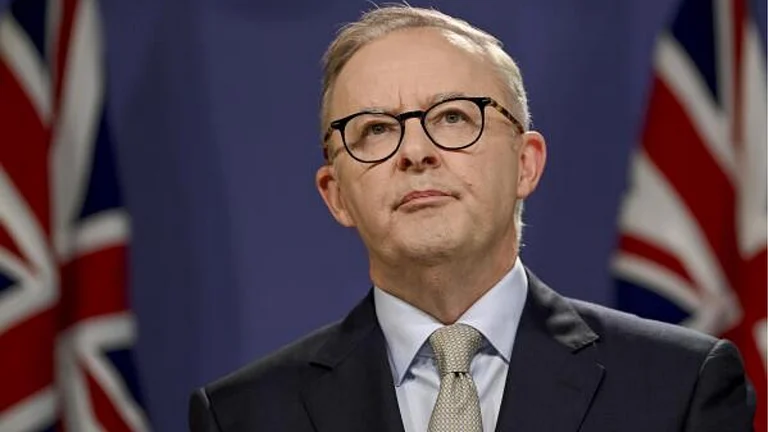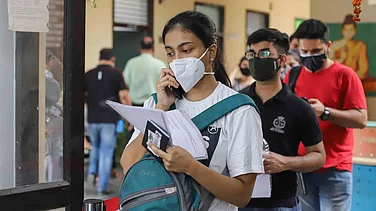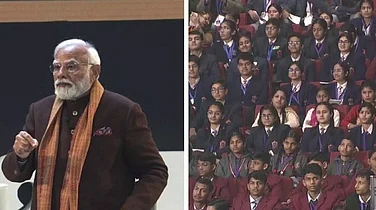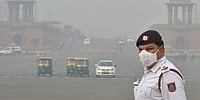Australia has announced it will be reducing the intake of international students from 2025 onwards. This decision comes as the Australian government continues to work towards reducing the overall migration rate to pre-pandemic levels.
In its latest announcement, as part of setting a new National Planning Level (NPL), the Australian government has limited international student enrollments to 2,70,000 for next year.
As per reports, NPL has been divided between higher education and vocational education and training. With this new restriction, the number of international students is expected to reduce to the levels of 2019 and before.
"There’s about 10% more international students in our universities today than before the pandemic, and about 50% more in our private vocational and training providers,” stated Education Minister Jason Clare during a press conference.
A cap has been set for the intake of international students across universities, schools and other higher education providers. Here's a breakdown of the new numbers -
Public-funded universities can take only 1,45,000 foreign students for 2025.
Other universities and non-university higher education providers can take in 30,000 foreign students
Vocational education and training institutes will be allowed to take in around 95,000 foreign students
Why Is Australia Limiting The Entry Of Foreign Students?
Apart from bringing down the migration levels in the country, the Australian government is working towards making the higher education system better and fairer.
New rules emerged after the government faulted "unethical behaviour" and discovered that many providers were accepting students who didn't have the language skills.
These providers also offered a poor standard of education and training and enrolled people who wished to work and not instead study.
International education is currently Australia's fourth largest export. In 2022-23, education was 36.4 billion Australian dollars to the economy. Last year, international students accounted for more than half of the country's GDP, saving Australia from recession singlehandedly.
In 2023, the international education system became the country's second biggest export, right behind mining, providing $50 billion to the economy and supporting around 250,000 jobs.
Apart from these new restrictions, Australia also hiked its visa fee and savings requirement for students to be allowed in the country.
How Will It Impact Indian Students?
In 2023, Australia was home to nearly 1,24,000 Indian students. However, since the introduction of visa fee hikes and saving requirements, the number has decreased to 1,18,000.
With this cap on enrollment, the number of Indians looking towards Australia as a viable destination for higher education will change and students would look at other options.






